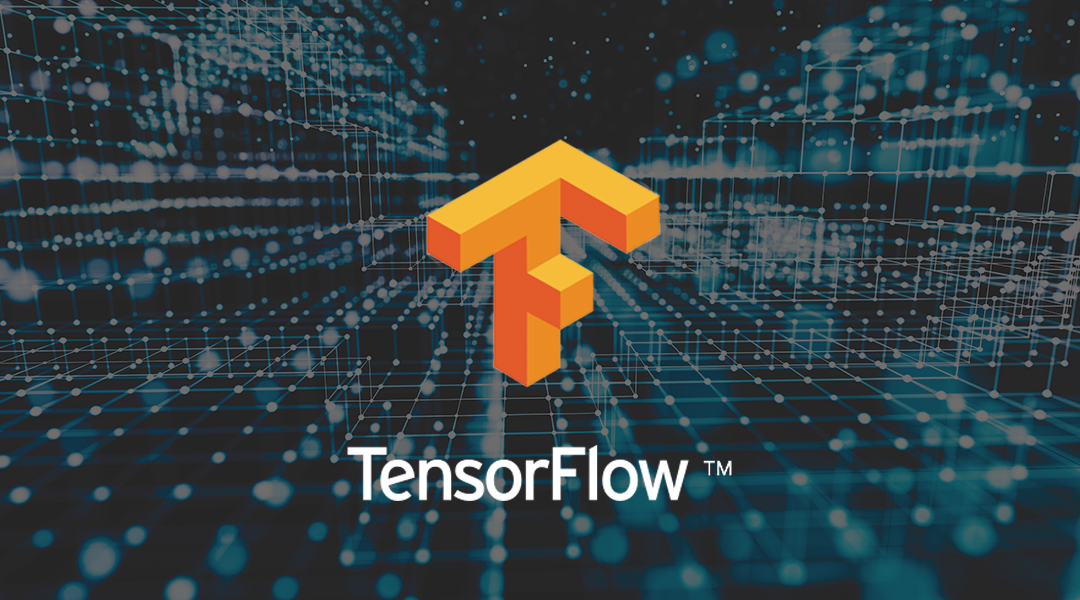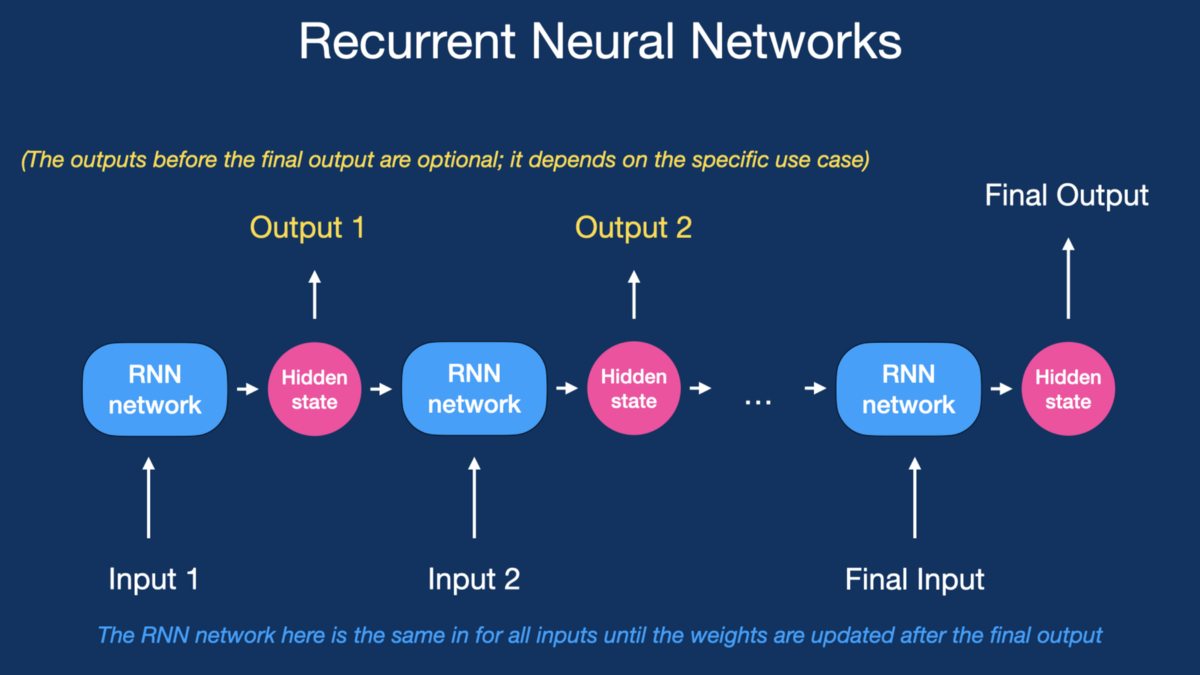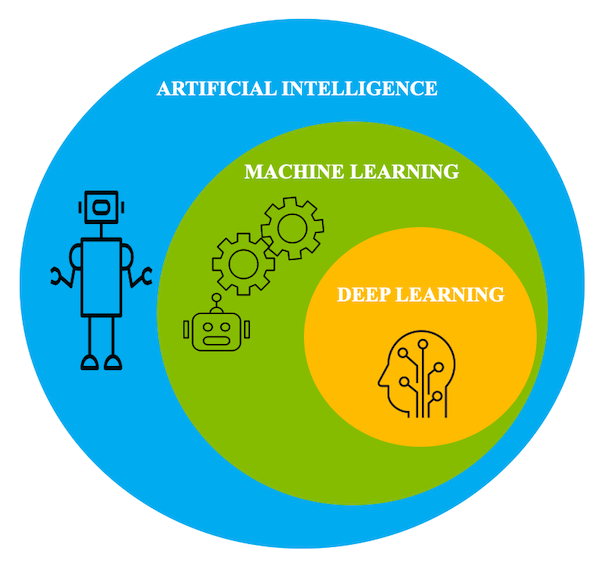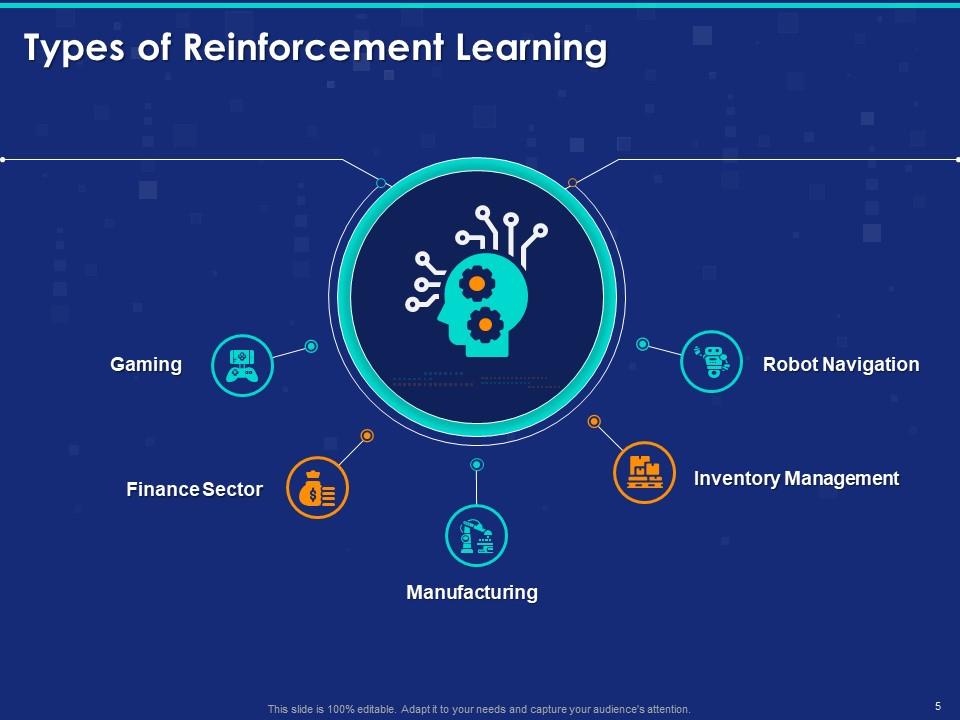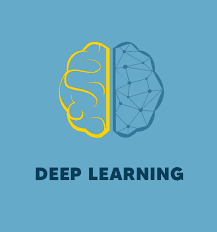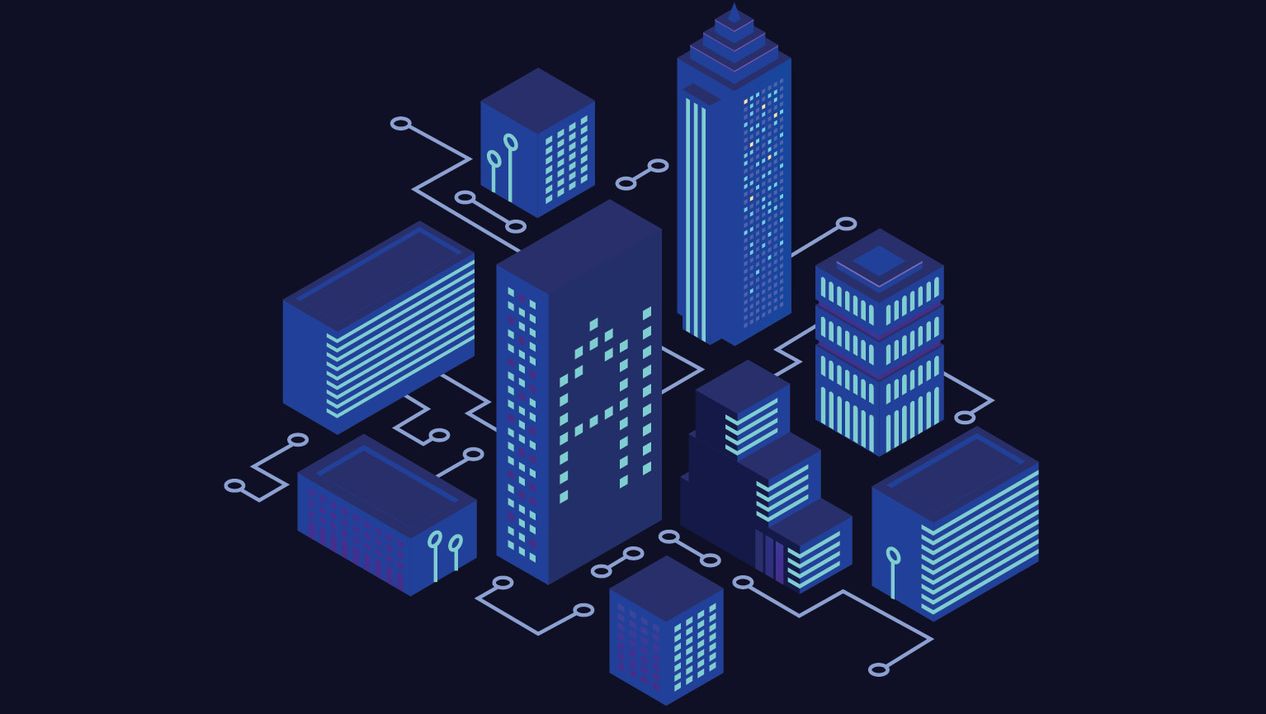Description
Introduction
TensorFlow is an open-source machine learning framework developed by Google, widely used for developing deep learning applications. It allows developers to build neural networks, train machine learning models, and deploy AI solutions for a variety of tasks such as image recognition, natural language processing, and predictive analytics. With its comprehensive ecosystem, TensorFlow supports a range of applications from research to production, enabling developers to take full advantage of its scalability and flexibility. This training provides a hands-on approach to learning how to use TensorFlow to develop deep learning applications, empowering individuals to implement real-world AI-driven solutions.
Prerequisites
- Basic understanding of Python programming.
- Familiarity with machine learning fundamentals and concepts.
- Knowledge of linear algebra, calculus, and probability (basic level).
- Basic experience with neural networks and deep learning principles.
- TensorFlow installed and a development environment set up (e.g., Jupyter Notebook, Google Colab).
Table of Contents
- Introduction to Deep Learning and TensorFlow
1.1 What is Deep Learning?
1.2 Overview of TensorFlow and its Ecosystem
1.3 Setting Up TensorFlow and Development Environment - Understanding Neural Networks
2.1 Basic Concepts of Neural Networks
2.2 Layers, Neurons, and Activation Functions
2.3 Training a Neural Network: Forward and Backpropagation - Building Your First Deep Learning Model with TensorFlow
3.1 Understanding TensorFlow Basics
3.2 Creating and Training a Simple Neural Network
3.3 Evaluating Model Performance - Convolutional Neural Networks (CNNs)
4.1 Introduction to CNNs for Image Classification
4.2 Building CNN Models with TensorFlow
4.3 Advanced CNN Architectures and Use Cases - Recurrent Neural Networks (RNNs) and LSTMs
5.1 Overview of RNNs and Time Series Data
5.2 Implementing RNNs in TensorFlow
5.3 Using LSTMs for Sequential Data and Language Modeling - Autoencoders and Unsupervised Learning
6.1 Understanding Autoencoders for Dimensionality Reduction
6.2 Building Autoencoders with TensorFlow
6.3 Applications of Unsupervised Learning - Generative Adversarial Networks (GANs)
7.1 Introduction to GANs and Their Applications
7.2 Implementing GANs with TensorFlow
7.3 Training GANs and Evaluating Performance - Transfer Learning with TensorFlow
8.1 What is Transfer Learning?
8.2 Fine-Tuning Pretrained Models for Custom Applications
8.3 Using Pretrained Models in TensorFlow for Faster Development - Model Optimization and Hyperparameter Tuning
9.1 Hyperparameter Optimization with TensorFlow
9.2 Improving Model Accuracy and Efficiency
9.3 Model Deployment and Real-Time Inference - Deploying Deep Learning Applications
10.1 Introduction to TensorFlow Serving for Model Deployment
10.2 Scaling and Optimizing Models for Production
10.3 Monitoring and Maintaining Deployed Models - Advanced Topics in Deep Learning with TensorFlow
11.1 Reinforcement Learning and Deep Q-Networks (DQNs)
11.2 Neural Style Transfer for Image Applications
11.3 Exploring TensorFlow 2.x Features and Updates
Conclusion
Mastering TensorFlow for deep learning applications allows developers to harness the power of AI to create intelligent systems that can handle tasks such as image recognition, predictive analytics, and natural language understanding. With its vast array of tools, TensorFlow simplifies the development and deployment of deep learning models, enabling real-world applications across industries. By completing this course, you will have the practical knowledge and hands-on experience to design, implement, and deploy deep learning models with TensorFlow, setting the foundation for creating advanced AI solutions.



